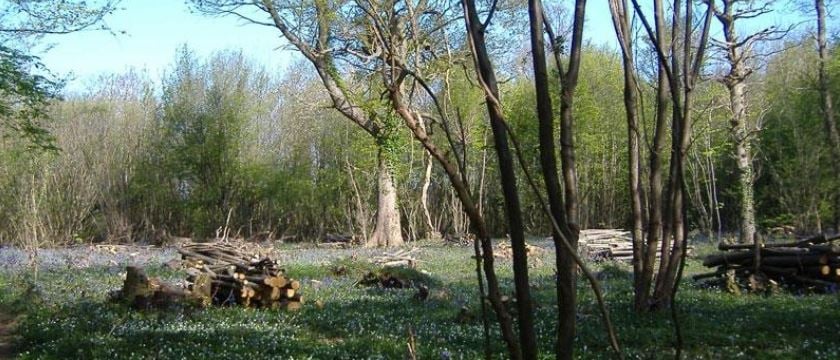Ash Dieback disease causes sad loss of trees

Around 90 trees at Larkey Valley Woods in Chartham that are suffering from Ash Dieback disease and cannot be saved are to be felled.
The trees pose a significant health and safety risk to those who enjoy a walk around the woodland. Emergency work to fell them will begin next week (week commencing 18 December). The wood will remain largely open, but will be closed in areas where the felling is taking place.
The council’s Cabinet member for open spaces, Cllr Charlotte Cornell, said: “This is very sad news and we regret the loss of any tree, but Larkey Valley Woods is fully accessible to the public and we simply cannot take the risk with people’s safety.
“There are hundreds of thousands of trees at this site so there will be no impact on the visual appearance of the woodland overall. It is highly likely that people will not notice any difference, but we want to be open and honest about what is happening.
“The majority of felled trees will be left on site to create deadwood habitats. These habitats provide crucial ecosystem benefits; plants, animals and fungi will make use of decaying wood for nesting, shelter, larval development or nutrient recycling.
“We take our responsibilities towards the environment very seriously and are making the best out of what is a far from ideal situation.”
Ash Dieback is a disease spread from tree to tree in the wind and will eventually cause a tree to die.
Trees with dieback closest to the paths have been assessed by both the Kent Wildlife Trust and the Kentish Stour Countryside Partnership, and where required have been marked up for felling.
City council officers will be working closely with specialist tree surgeons to ensure the swift and responsible felling of the affected trees.
Larkey Valley Woods is owned by the council and is a Site of Special Scientific Interest that is managed in partnership with the Kentish Stour Countryside Partnership.
The wood supports important populations of dormouse and orchids such as Fly Orchid and Lady Orchid. In spring, the wood is a riot of colour with bluebells and wood anemone.
Published: 14 December 2023